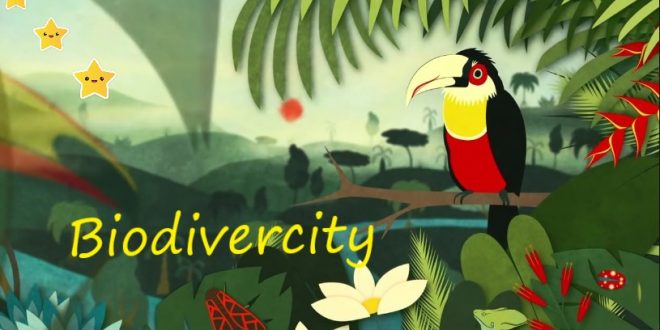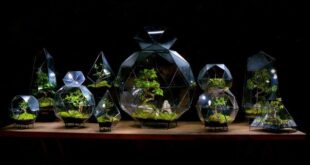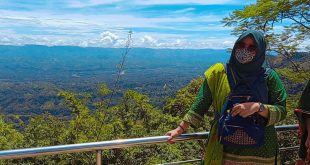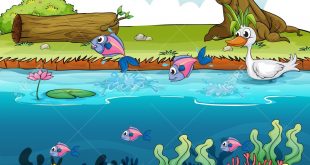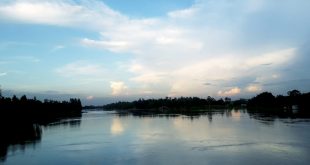Climate & Biodiversity
■ Regional climate interacts with regional biota & substrate to produce large, easily recognizable community units called “Biomes“.
■ Climatic climax biodiversity has been found in “Biome“.
■ In biomes life forms reflects major features of climate & determines structural nature of habitats for animals.
■ Provides sound basis for natural biodiversity classification.
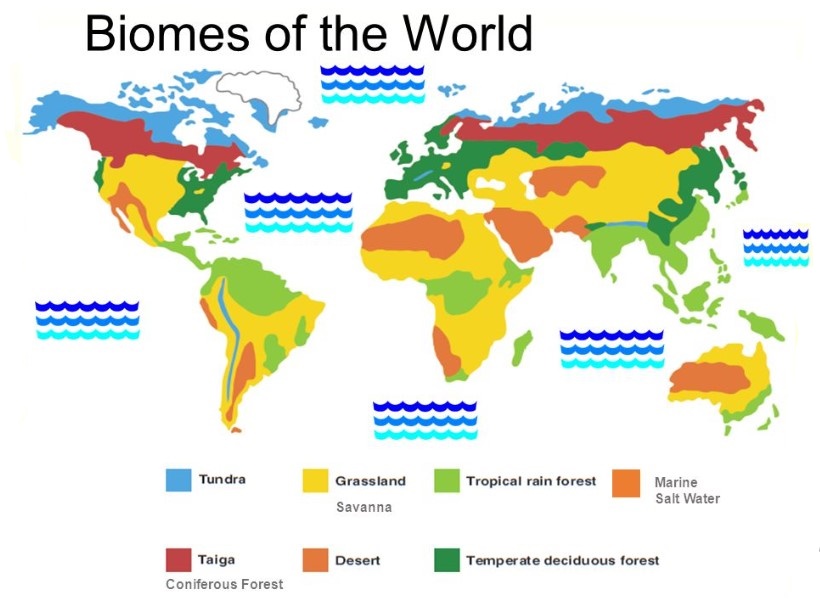
Effect of latitudes & elevation
■ We typically find certain diversity at certain latitudes & elevation.
■ Short plant spp. prevail in dry regions, high elevation & high latitudes.
■ Tall leafy plant spp. prevail at tropical latitudes, temperate latitudes & low elevations with warm temp. & high rainfall e.g., tropical rain forest.
Best safe and secure cloud storage with password protection
Get Envato Elements, Prime Video, Hotstar and Netflix For Free
Best Money Earning Website 100$ Day
#1 Top ranking article submission website
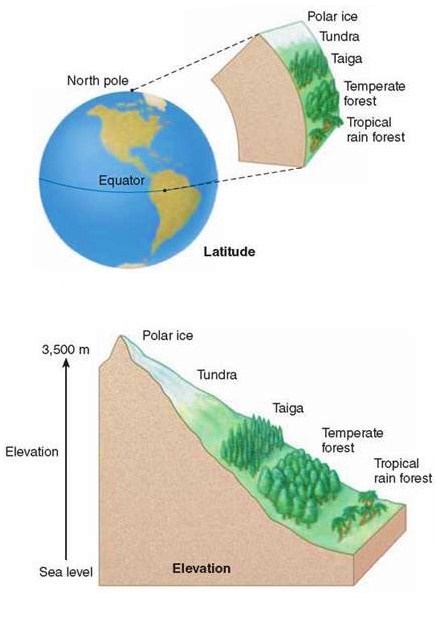
Tropical
■ Rainfall 200-450 cm/year, occur at low latitudes. i.e. near equator, Amazon, Congo, Niger, & Zambesi basins; Central & W Africa, Madagascar, Indo-Malay-Borneo-New Guinea regions.
■ Richest biodiversity ito # of spp., ~40 spp./ha, 4-5× as many spp. compared to typical temp. forest; 1400 butterfly spp./sq. mile of rain forest of Brazil or Peru, >2× of total # found in both USA. & Canada.
■ Having high net productivity; general 3 layers, (i)tall emergent, (ii)canopy layer 80-100 ft, (iii)understory stratum.
■ Forest biodiversity of BD tropical monsoon type, having high seasonal rainfall, humidity & temp.
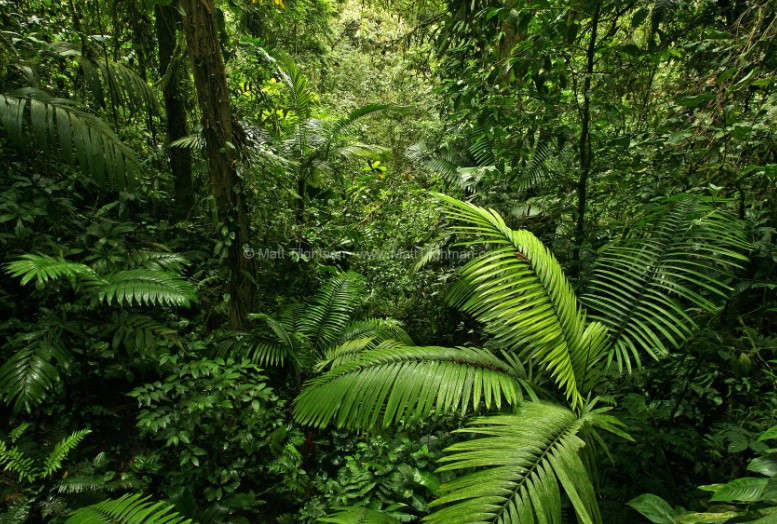
Temperate
- Cold, foggy weather, 4 distinct seasons, rainfall 75-375 cm/ year, part of Europe, N America & Canada.
- Conifers (Pinus sp.), western hemlock (Tsuga heterophylla), w arborvitae (Thuja plicata), grand fir( Abies grandis), douglas fir (Pseudotsuga), red wood ( Sequoia), etc. are common tress.
- Divided into temperate grass lands, temp.deciduous forest & taiga.
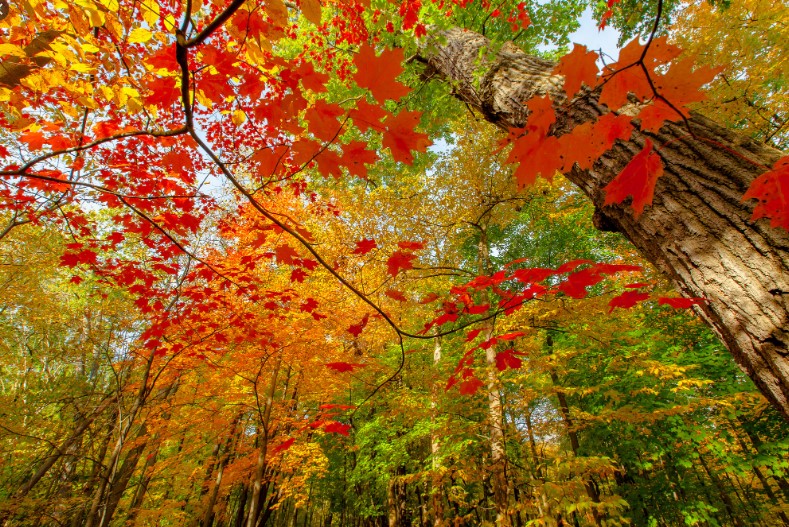
Tundra (N America, Eurasia)
■ Low temp., < 25 cm rainfall, short (60 days) growing season, ground permafrost except few inches above, wet arctic grasslands, lichens (reindeer “moss”), grasses, sedges & dwarf woody plants; microbial decomposition slow, bogs, fens, etc. characteristic aquatic habitats.
■ Warm blooded animals available e.g. reindeer, muskox, arctic hare, arctic fox, lemming, etc.; migratory birds, Diptera also available.
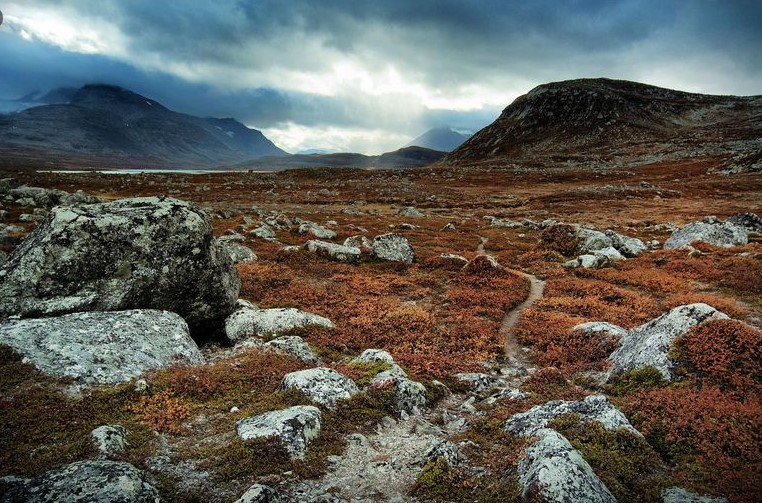
■ But Snow does not cloak Arctic Tundra all year long, but summers are too short to thaw much more than surface soil. Just beneath the surface is a permanently frozen layer, “The Permafrost “. It is more than 500 miters think I some places. The soil above it cannot drain and remain waterlogged. Anaerobic conditions and low temperatures limit nutrient cycling. Organic matter decomposes so slowly, it accumulates soggy masses (peat). All but about 5% of the carbon in the arctic tundra is locked up in peat.
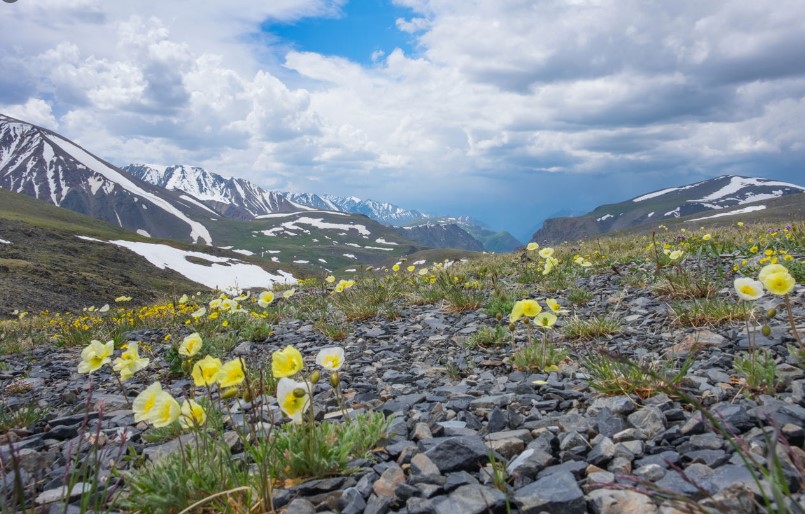
Alpine (Mountain zone)
■ Increasing altitude produces same changes to temp. & moisture as increasing latitudes.
■ Tops of mountains have typical windswept vegetation as tundra.
■ Trees if able to grow in polar regions, alive with life in warm summer months.
■ Little growth in harsh winter.
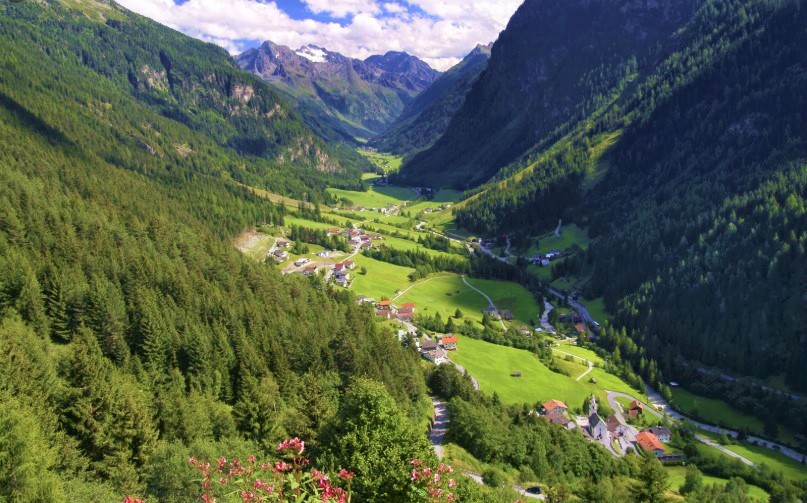
Some other Biodiversity regions of the Earth:
- 5 Chaparral regions, Mediterranean, California, central. Chile, S Africa, W Australia; evergreen, low trees, spiny shrubs.
- Polar ice – Arctic oceans & Greenland, Antarctic; no ppt., abundant ice, scarce fw; life is ltd. to the coast; algae, bacteria & small insects inhabit.
- Temp. evergreen – cold winter strong seasonal dry period; pine forests of w USA, oak woodlands of California & eucalyptus forests of Australia.
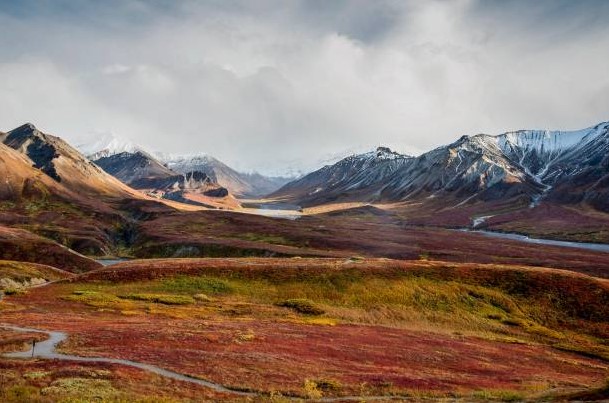
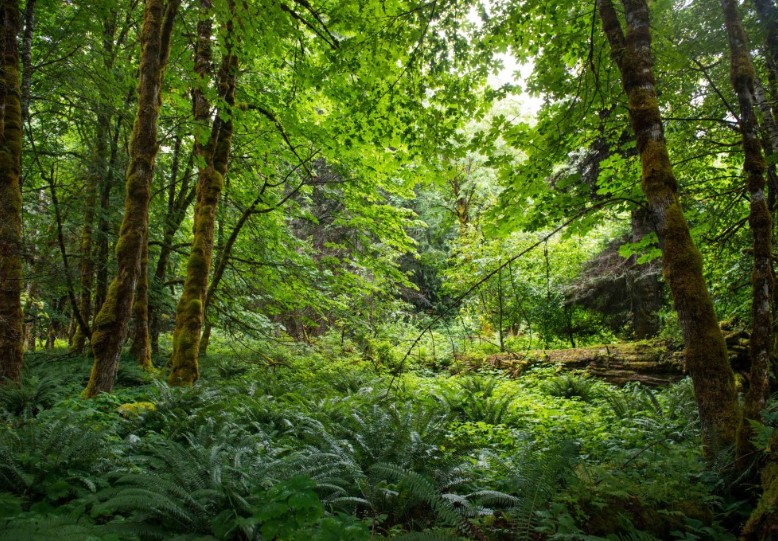
Glaciation & Ice age
■ Periods during which continents remained partly or largely covered with ice-sheets.
■ Ice-sheets present in Greenland relics of most recent ice age (there were 8 major ones during the past 700,000 yrs) began in Pleistocene & ended about 10,000 yrs ago.
■ During the last great glaciation, ice-sheets covered northern part of Europe, Asia & N America.
■ Periodic changes in earth’s orbit around sun caused ice-ages.
■ Earth passing now its warmest periods, though signs of moderate cooling began.
Threats to Biodiversity
Biodiversity is under threat in many aquatic and terrestrial ecosystems as the human population continues to increase and we take more resources from the environment and produce increasing quantities of waste. Ecosystems and species are being lost at an alarming rate, not just by the direct action of humans, but also indirectly as a result of climate change. There are five major threats to biodiversity:
- Habitat loss and the degradation of the environment.
- Climate change.
- Excessive use of fertilizers and industrial and domestic forms of pollution.
- The over-exploitation and unsustainable use of resources.
- The effects of invasive alien species on native species, especially endemics.
The destruction of the natural environment leads to habitat loss. The clearing of land for agriculture, housing, transport, leisure facilities and industry removes vegetation. Consequently, many species of plant and animal either lose their habitats completely or their habitats become divided into small areas; this is known as habitat fragmentation. Most at risk of extinction are endemic species on small islands.
Deforestation has had a devastating effect on the biodiversity of some countries. Madagascar, famed for its unique plant and animal life, has lost almost all of its natural forest. Much of the forest in the northern hemisphere has been cleared by humans to grow food – a process that started about 10 000 years ago. Vast tracts of forests remained in the southern hemisphere until well into the 20th century, but much of those in South-East Asia, Africa, Amazonia and Central America have now been cut down and have often been replaced with cattle ranches and plantations of oil palm, which have much lower biodiversity. Deforestation can lead to severe land degradation as a result of soil erosion once the vegetation is removed.
So In Conclusion For many people, the loss of biodiversity is a simple moral or ethical issue: we share our planet with a huge range of other organisms and we have no right to drive them to extinction. Some people believe that humans have custody of the Earth and should therefore value and protect the organisms that share the planet with us.

 Plantlet The Blogging Platform of Department of Botany, University of Dhaka
Plantlet The Blogging Platform of Department of Botany, University of Dhaka
